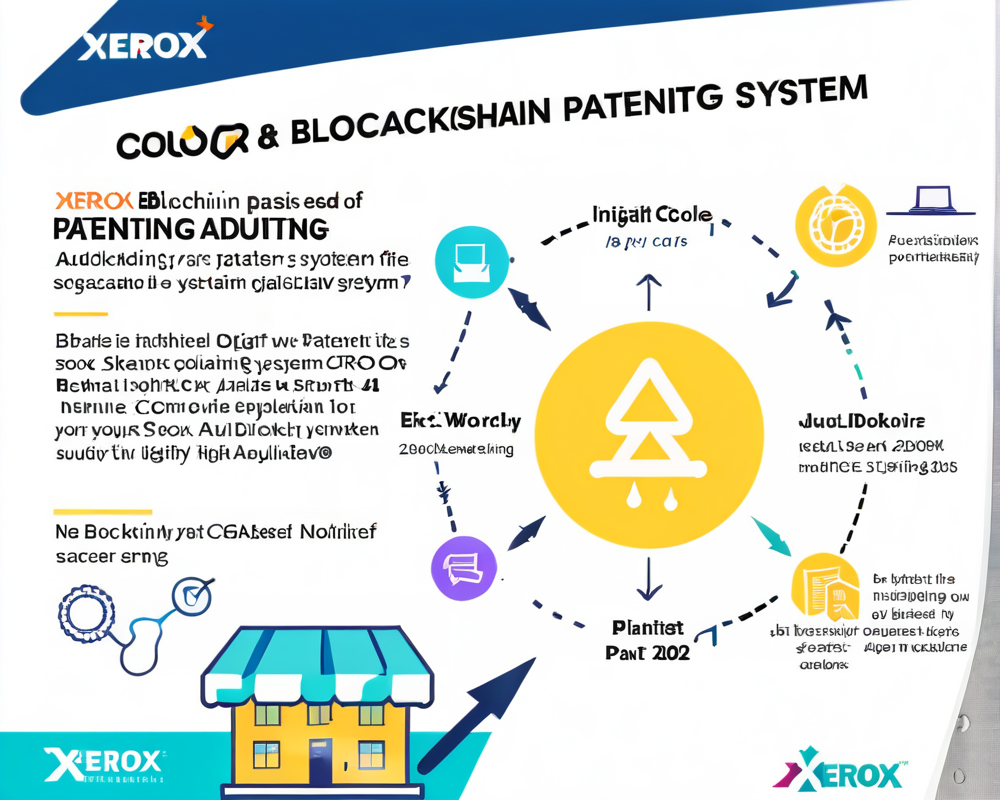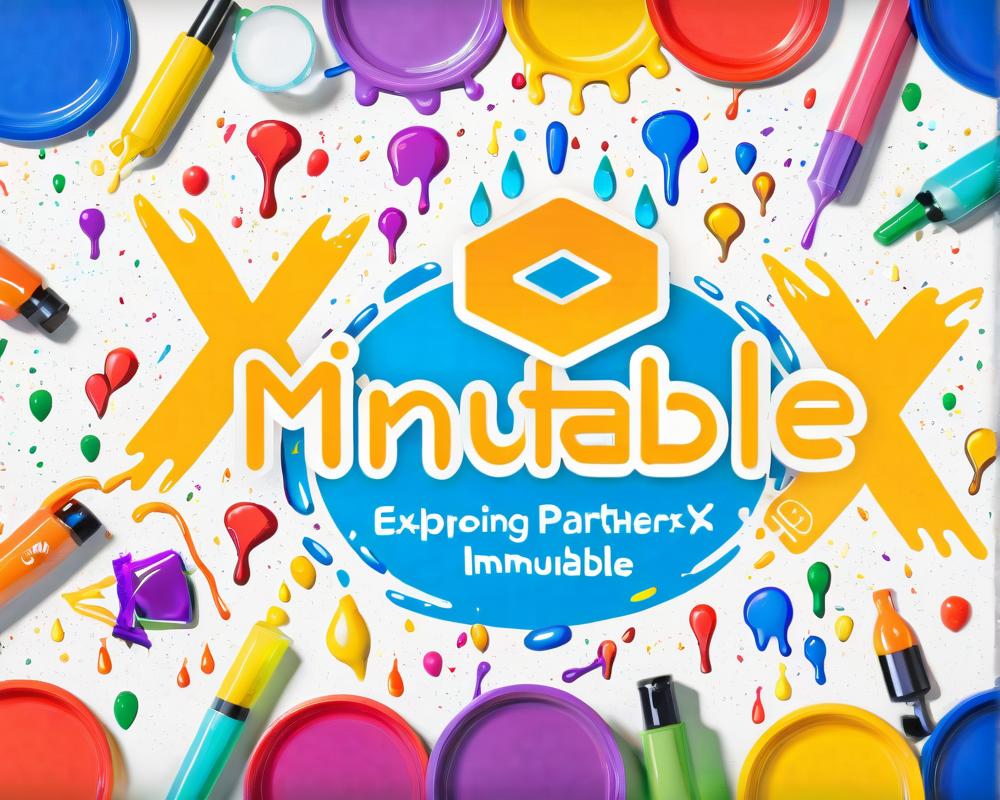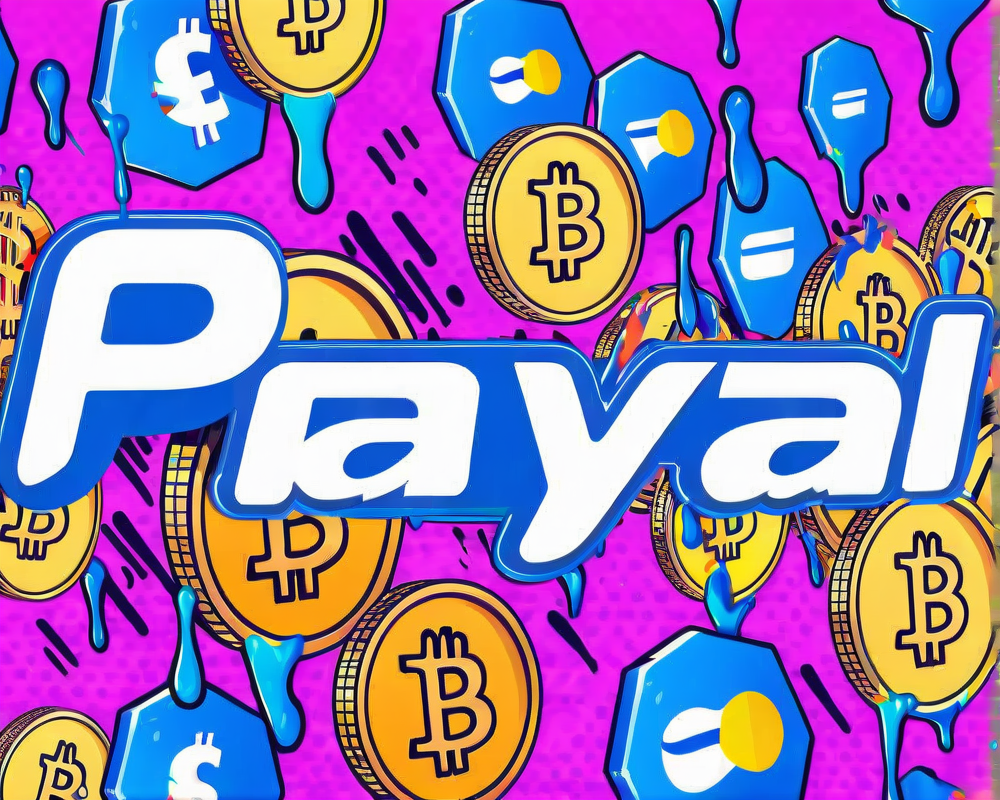Transforming Document Security with Blockchain
Xerox has just stepped into the future, recently being awarded a patent for a blockchain-driven auditing system designed specifically for electronic files. If you thought they were just about photocopies and printers, think again! This initiative, solidified in a patent filed in August 2017 and unveiled on November 13, aims to revolutionize the way we ensure the integrity of digital documents.
The Mechanics of the Blockchain System
The patented technology essentially operates like a digital watchdog, keeping tabs on every edit made to a document. With blockchain’s decentralized verification system, once a document is altered, the system can spot these changes faster than you can say “whoa, was that always in the contract?” By utilizing a network of blockchain nodes—think of them as vigilant guardians—the system ensures that every amendment is approved or rejected before the record gets finalized.
Applications Across Various Fields
So, where can this technology shine? Xerox envisions this robust auditing tool being valuable in numerous domains:
- Medical Records: Keeping patient data unaltered is crucial.
- Financial Documentation: Audit trails can help in preventing fraud.
- Educational Credentials: Protecting academic achievements from forgery.
- Criminal Investigation Files: Safeguarding sensitive materials like DNA results and interview notes from unauthorized changes.
Whether it’s your tax return or that embarrassing report from college, Xerox’s technology aims to ensure your documents remain intact.
A Look Back: Xerox’s Patent Journey
This isn’t Xerox’s first tango with blockchain. The company previously filed a patent in 2016, attempting to create a blockchain-based timestamp protocol. Imagine a digital timestamp that can’t be altered—like a security guard for your files who doesn’t take coffee breaks!
Blockchain: A Hot Commodity for Tech Giants
Xerox isn’t the only player in the blockchain game. Other tech titans, like IBM, have filed numerous patents exploring various applications of blockchain technology. With over 90 blockchain-related patents, IBM’s recent filing even seeks to employ blockchain for scientific research, aiming for an unchangeable record of results. It’s like filing a lab report, but without the risk of getting caught changing your calculations!
As companies scramble for a piece of the blockchain pie, one thing is clear: innovation is just getting started, and with it, the potential to overhaul the way we handle and secure digital information.




